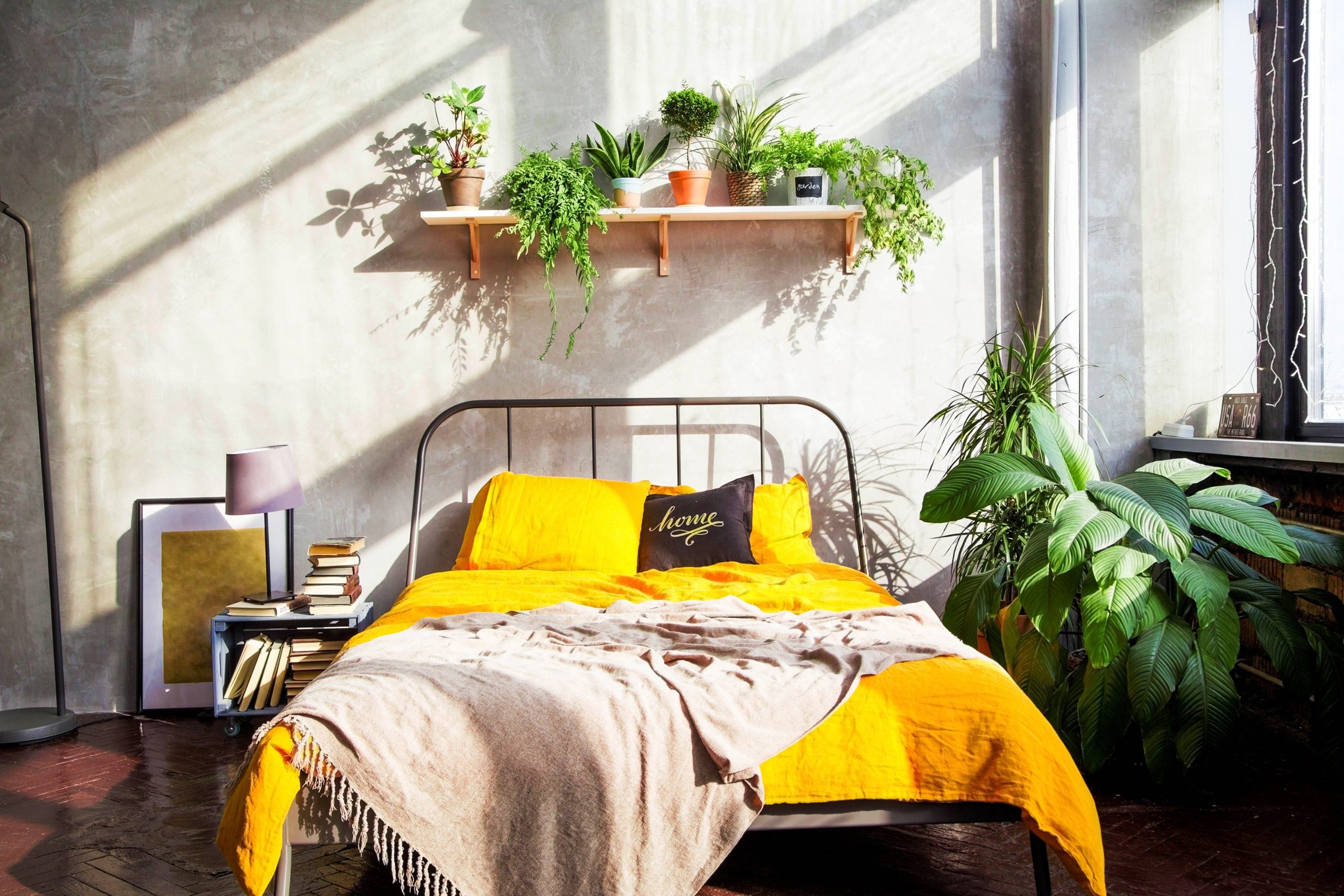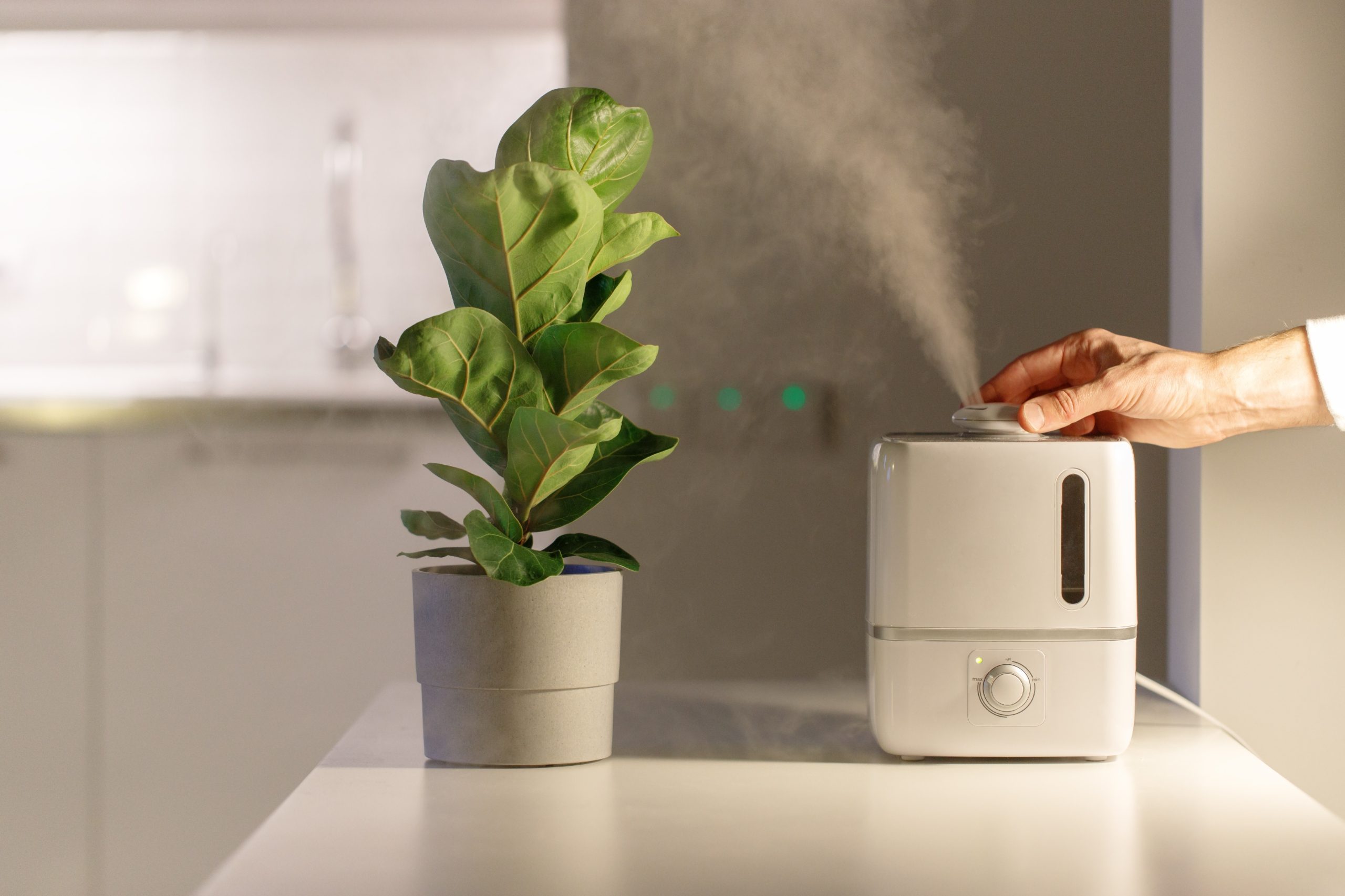When it comes to tropical plant care, it can be disheartening to believe that these exotic plants only thrive in warmer environments. Thankfully, this isn’t true, and nearly anyone living anywhere can fill their home with beautiful tropical plants that will thrive year-round. To provide your plants with an ideal indoor space, however, you need to put in a little more effort to keep them happy.
Below are some of our best tips for providing your tropical plant with ideal conditions that will keep it healthy and happy all year long.
Provide your plant with lots of sunlight
One of the best tips for saving your tropical plant all year long is to move it to a sunny location indoors. If you have a south-facing window in your home that provides an abundance of light, your tropical plant will likely feel right at home.
Most tropical plants require ample sunlight during the day to keep their leaves lush and green and their flowers (if they have any) blooming. If your plant is already indoors in a sunny location, it’ll likely endure the winter without much stress.
Alternatively, if you bring a tropical plant indoors for the winter, you may need to monitor your plant during the transition. Tropical plants love the warmth and plenty of UV light. If you don’t receive enough sunlight in your window, you can always purchase a “sunlight” or UV light to shine on your plants and promote chlorophyll production.

Keep it away from vents and radiators
While tropical plants adore warmth, it’s not a good idea to keep them close to vents or radiators. The air that comes through your home’s vents is often dry. This dryness can cause the soil in your pots to lose moisture and hinder your plant’s entire watering process.
By moving your plant away from vents, you’ll prevent this dry air from drying out the soil or leaves and causing your plant to shrivel.
Mist your plants often
Going along with avoiding dry air, you must mist your plants often to provide sufficient moisture. Misting your plants while they sit near a well-lit window will help them feel right at home in a humid, tropical location.
Misting also allows you to wipe down your plant’s leaves to clear them of any dust buildup. Dust on plant leaves can block receptors that trigger photosynthesis and chlorophyll production. Unable to filter in light from the sun, your plant could begin to wilt and die. Plants especially prone to this include:
- Fiddle leaf fig
- Bird of paradise
- Swiss cheese plant
- Dumb cane
- And other broadleaf or palm leaf plants.
Use a humidifier
Many tropical house plant lovers use a humidifier during winter to provide proper humidity levels for their plants. A humidifier can be placed near the plant to offer a light misting in the air that will pair beautifully with the abundance of sunlight near the window.
A humidifier can be used in place of a mister. However, both complement each other well and provide more security and comfort for your humidity-loving plant.
For plants that cannot be placed in a window and need UV light, the humidifier is especially beneficial as it adds moisture to the surrounding air to prevent the plant’s leaves from shriveling or drying out.

Allow your plant to go dormant
Lastly, many tropical plant owners will allow their plants to go dormant during the colder months. Unfortunately, this is a hit or miss for many plants, so be cautious before partaking in this method of care.
Boston ferns are a great example of a plant that can do well with going dormant during the winter. As the temperatures outside dip below fifty degrees, bring your fern inside to a dark and cool location, such as a garage. Be sure that the surrounding air does not dip below fifty degrees for optimal care.
During dormancy, plants don’t require frequent waterings. The only recommendation is to ensure the soil never becomes bone dry. Ferns will lose their leaves once they go dormant, but you shouldn’t worry. In spring, trim off any dead stems, and the plant will soon begin to bloom its brightly colored leaves once more.
While dormancy is not ideal for every tropical plant, it is certainly a viable option for plant owners who cannot participate in any other options. Whether you use a UV light or window, humidifier or mister, or allow your plant to run its course, you can rest assured that with little effort, you can keep your tropical plant healthy year-round.



